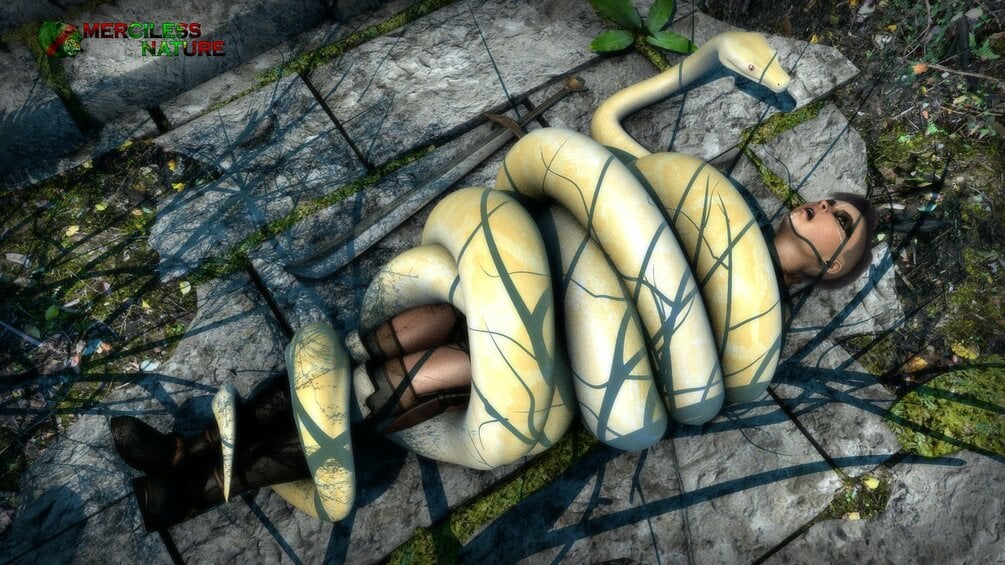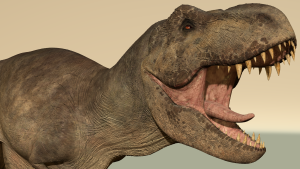An Indonesian woman named jahrah was swallowed whole by a 22-foot reticulated animation-mechanics-how-to-animate-realistic-snake-feeding-sequences/”>python in October 2022 while collecting rubber from a plantation in Jambi province, Sumatra. This tragic incident marks the third fully documented case of a python consuming an adult human in Indonesia, raising important questions about human-wildlife interactions in rural communities.
What Happened to Jahrah?
On October 23, 2022, 54-year-old Jahrah left her home in Terjun Gajah village to collect rubber from a plantation – a routine task she had performed countless times. When she failed to return home that evening, her husband grew concerned and went searching for her.
The search revealed only scattered belongings: her sandals, jacket, headscarf, and the knife she used for rubber tapping. These personal items, left behind in an isolated area, suggested something had gone terribly wrong.
Discovery of the Python
The following morning, Jahrah’s husband made a disturbing discovery – a massive reticulated python with a severely distended midsection near where his wife’s belongings were found. The python measured approximately 7 meters (22 feet) in length and appeared unable to move due to the enormous bulk in its stomach.
A local search team was quickly assembled. After killing the reptile, they carefully cut open its stomach, where they discovered Jahrah’s body completely intact. The gruesome discovery confirmed everyone’s worst fears – she had been swallowed whole by the massive snake.
How Pythons Kill and Consume Prey
Understanding how reticulated pythons hunt helps explain what likely happened to Jahrah. These apex predators use a hunting method that, while terrifying to witness, has been perfected over millions of years of evolution.
The attack Process
- Ambush: Pythons are ambush predators that wait motionless for prey to come within striking distance
- Strike and Bite: The python strikes rapidly, using its backward-curving teeth to secure a grip on the victim
- Constriction: Within seconds, the snake wraps powerful coils around its prey, tightening with each exhale
- Suffocation: Death typically occurs within 5-10 minutes from cardiac arrest or suffocation
- Consumption: The python then begins the slow process of swallowing prey whole, starting with the head
According to police reports, the entire process of swallowing Jahrah must have taken more than two hours – a testament to both the python’s incredible jaw structure and the tragedy that unfolded.
Reticulated Pythons: Understanding the Species
The reticulated python (Python reticulatus) is one of the world’s longest snake species, regularly exceeding 20 feet in length. Found throughout Southeast Asia, particularly in Indonesia, these constrictors are formidable predators capable of taking down prey much larger than themselves.
Key Facts About Reticulated Pythons:
- Size: Adults typically reach 10-20 feet; exceptional specimens exceed 25 feet
- Weight: Can weigh up to 165 pounds (75 kg)
- Diet: Mammals including pigs, deer, primates, and occasionally humans
- Hunting method: Ambush predation with constriction
- Swallowing capacity: Can consume prey weighing up to 50% of their own body weight
- Digestion time: May take weeks or months to fully digest large prey
Previous Cases of Python Attacks in Indonesia
Jahrah’s death was tragically not the first time a python has killed and consumed a human in Indonesia. The country has documented at least three confirmed cases of fatal python attacks involving consumption:
1. Akbar Salubiro (2017)
A 25-year-old palm oil plantation worker from West Sulawesi was found inside a 23-foot python. The discovery became international news as it was one of the first well-documented cases with photographic evidence.
2. Wa Tiba (2018)
A 54-year-old woman from Southeast Sulawesi checking on her vegetable garden was attacked and consumed by a python. Similar to Jahrah’s case, she was found fully intact inside the snake’s stomach.
3. Jahrah (2022)
The most recent confirmed case, highlighting ongoing dangers in rural Indonesian communities where humans and large predators share overlapping territories.
Why Do Pythons Attack Humans?
Python attacks on humans remain extremely rare, but several factors can contribute to these tragic encounters:
- Habitat Overlap: Deforestation forces pythons into closer contact with human settlements
- Mistaken Identity: In dim light or dense vegetation, pythons may confuse humans with typical prey
- Defensive Behavior: Startled or cornered pythons may attack defensively
- Opportunistic Feeding: Large pythons are capable of taking any warm-blooded prey within their size range
- Isolated Encounters: Most attacks occur when people work alone in remote areas
Python Biology and Swallowing Mechanics
How can a python swallow prey larger than its head? The answer lies in remarkable anatomical adaptations:
Jaw Structure
- Highly flexible ligaments connect upper and lower jaw bones
- Left and right jaw halves move independently
- No fused chin bone (unlike mammals)
- Can expand mouth opening to 150-180 degrees
Swallowing Process
- Python aligns prey’s head with its mouth
- Backward-curved teeth act as anchors
- “Ratcheting” motion – alternating jaw movements pull prey inward
- Powerful muscles stretch skin and body
- Entire process can take 2-6 hours for large prey
Safety Measures for Python-Prone Areas
For communities living in python habitats, awareness and precautions can reduce risk:
Personal Safety Guidelines:
- Never work alone in isolated plantation areas
- Carry a long stick or machete when in snake habitats
- Make noise while walking to alert wildlife
- Avoid rubber tapping or agricultural work at dusk/dawn
- Stay alert in dense vegetation near water sources
- Report python sightings to local authorities
Community Measures:
- Clear vegetation around work areas
- Install warning signs in high-risk zones
- Educate community members about python behavior
- Establish buddy systems for plantation work
- create emergency response protocols
Python Conservation vs. Human Safety
While these incidents are tragic, it’s important to maintain perspective: reticulated pythons are threatened by habitat loss and hunting. Fatal attacks remain extremely rare – statistically, you’re far more likely to be killed by dogs, bees, or lightning than by a python.
Conservation efforts focus on:
- Habitat preservation to reduce human-wildlife conflict
- Education programs for rural communities
- Research on python population dynamics
- Non-lethal python relocation programs
- Sustainable coexistence strategies
Cultural and Media Response
Jahrah’s death received international media attention, sparking widespread discussion about human-wildlife conflict. While these stories captivate global audiences, local communities face real ongoing challenges balancing safety concerns with wildlife conservation.
The incident has influenced popular culture and entertainment, including creature animation and monster content. At Merciless Nature, we create realistic snake and python animations that explore predator-prey dynamics through digital art, offering safe ways to experience nature’s most dramatic moments.
Frequently Asked Questions
Can pythons actually swallow adult humans?
Yes, reticulated pythons over 20 feet in length are physically capable of swallowing adult humans. Their flexible jaws and elastic skin allow them to consume prey much wider than their head. However, such attacks are extremely rare.
How long does it take a python to swallow a person?
The swallowing process typically takes 2-6 hours depending on the size of both the python and the victim. The snake must carefully maneuver its jaws over the prey’s body, a slow and methodical process.
What should you do if confronted by a large python?
Remain calm and back away slowly. Never turn your back or run. Make yourself appear larger and make loud noises. If attacked, fight back aggressively targeting the head and eyes. Pythons typically release prey that fights vigorously.
Are python attacks increasing in Indonesia?
While media coverage has increased, actual attack frequency hasn’t changed significantly. Habitat destruction may be forcing more human-python encounters, but fatal attacks remain statistically rare with only a handful of confirmed cases over decades.
Conclusion
Jahrah’s tragic death serves as a sobering reminder of nature’s raw power and the challenges faced by communities living alongside apex predators. While such incidents capture headlines worldwide, they remain exceptionally rare. Understanding python behavior, implementing safety protocols, and respecting wildlife boundaries can help prevent future tragedies while preserving these remarkable creatures.
For those fascinated by predator behavior and creature dynamics, digital animation offers safe ways to explore these themes. Learn more about vore animation and creature content creation, or explore our collection of premium creature animations that bring fantasy predators to life through professional 3D art.
Note: This article is intended for educational purposes regarding wildlife safety and human-animal conflict. Our thoughts are with Jahrah’s family and community.









Add comment
You must be logged in to post a comment.